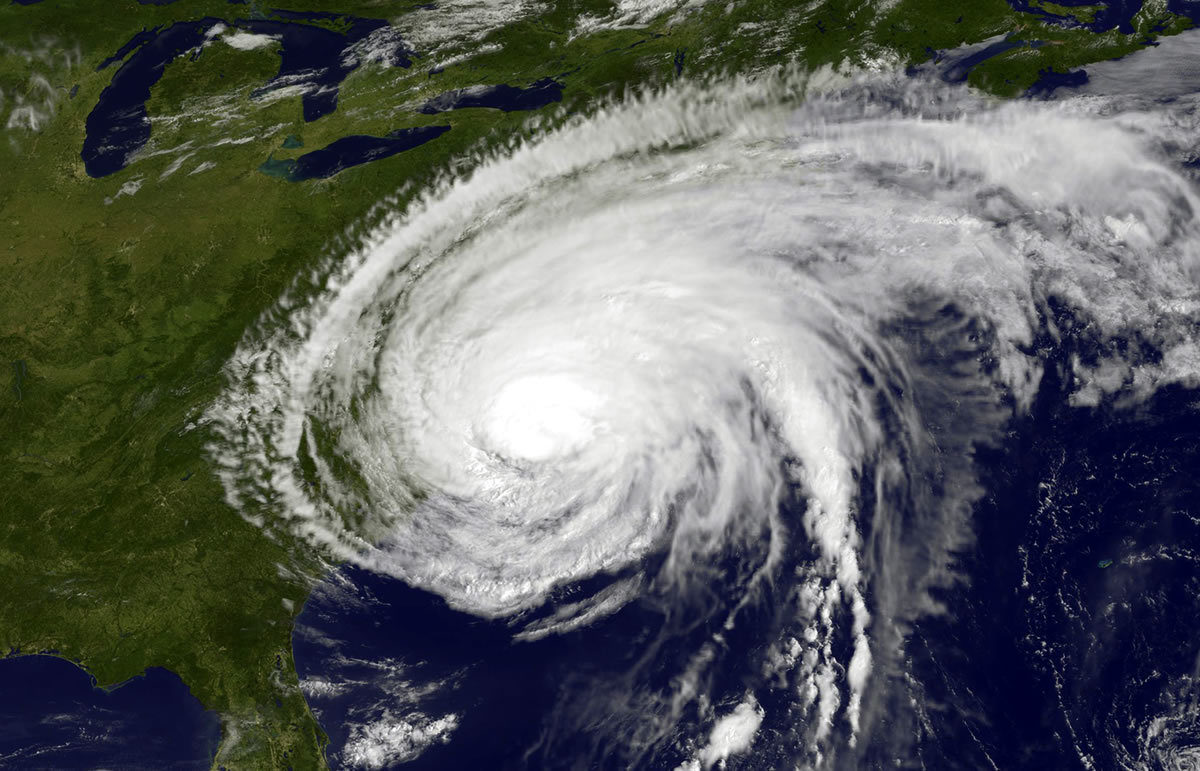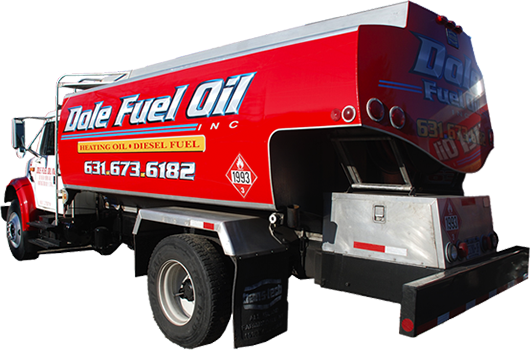Hurricane season on Long Island and around the northeast starts on June 1st and lasts until November 30th. The northeast is a hurricane prone area and forecasters are predicting a very active hurricane season. Torrential rains, lashing winds and storm surges can wreak havoc on homes and surrounding areas. Preparing for a storm is vital to you and your family’s safety. Here are some valuable hurricane season safety tips:
Hurricane Safety Tip #1
Have an evacuation plan. Coastal residents should have a plan in place before any warning is issued. Identify a safe evacuation route and local shelters along your route. If a hurricane warning is issued, make sure your car is filled with gas and you have a bag packed in case you need to evacuate quickly.
Hurricane Safety Tip #2
Maintain a hurricane kit. Stock up on emergency supplies such as a first aid kit, flashlights, batteries, a battery powered radio and a 3-5 day supply of food and fresh water for your family. Don’t forget to include any necessary medications. Keep your kit in an easy to reach spot in your home and make sure that all family members know where it is.
Hurricane Safety Tip #3
Storm-proof your Long Island home. Properly secure all outdoor objects or bring them inside. Board up glass windows and doors and close storm shutters. Clean debris from your gutters to avoid flooding. Elevate items from basement floors. Turn your refrigerator and freezer to their coldest setting. Keep them closed as much as possible to keep food cold in case of a power outage.
Hurricane Safety Tip #4
Remain in a safe location. If you have decided that your home is the safest place to be during the storm, stay put. Remain indoors in a secure room, away from windows. Remember that a lull in the storm can signify its eye, not its end. Wait for authorities to indicate that the storm has passed before venturing outside.
After The Storm
Be aware of downed power lines and report them to the proper authorities. Do not go near standing water, as it may be electrically charged. Avoid flooded roads and bridges. Stay alert to fallen tree branches and uprooted trees. Check on elderly neighbors and family members. Stick to drinking bottled water until officials say that tap water is safe to drink.
Know What's Coming
A HURRICANE WATCH issued for your part of the coast indicates the possibility that you could experience hurricane conditions within 36 hours. This WATCH should trigger your family's disaster plan, and protective measures should be initiated.
A HURRICANE WARNING issued for your part of the coast indicates that sustained winds of at least 74 mph are expected within 24 hours. Once this WARNING has been issued, your family should be in the process of completing protective actions and deciding the safest location to be during the storm.
Schedule a family meeting to create your hurricane safety plan. Review your plan each spring to ensure that everyone understands the importance of following the steps you have established.


